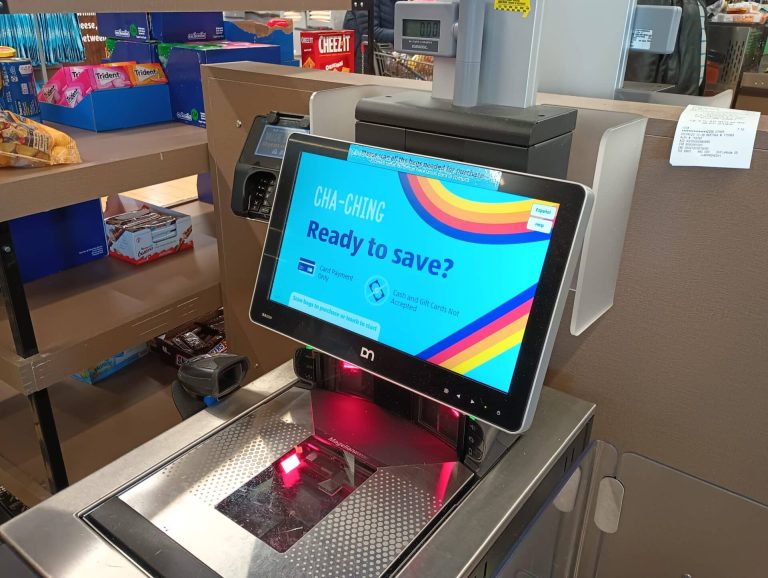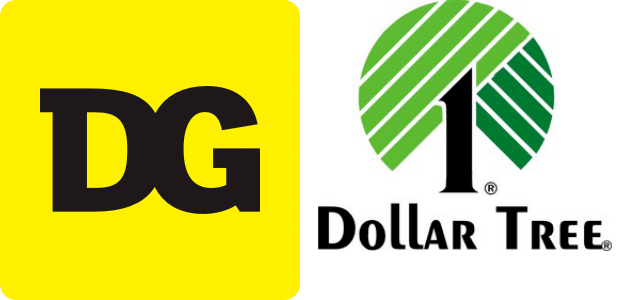Dollar Tree and Family Dollar: Are They the Same Company?

It’s no secret that there are plenty of dollar stores — also sometimes called thrift stores — around the country. While most of them don’t sell as much for a dollar anymore, the name still hangs around on the outside of stores.
Some people might wonder if any of these stores are under the same management. After all, some companies run multiple operations, like the duo of Walmart and Sam’s Club, or the trio of Taco Bell, KFC, and Pizza Hut.
Dollar General is not connected to any other store, dollar store or otherwise (although, as we will, see, not for lack of trying). Five Below is also not connected with other dollar stores.
What about Dollar Tree and Family Dollar? The answer, there, is yes: Dollar Tree and Family Dollar are part of the same company.
Here’s the story.
A Brief History of Dollar Tree and Family Dollar
Dollar Tree officially began as Only $1.00 in 1986. The co-founders of the store had operated various other retail stores over the years, including general retail stores and toy stores. By 1991, the co-founders realized that the dollar store was their best long-term option, so they sold their other stores and focused specifically on their dollar store operation. Two years later, in 1993, the company renamed itself Dollar Tree, holding out the possibility that it might sell products for over a dollar. Two years after that, in 1995, the company went public, selling stock.
Family Dollar first launched in 1959, founded by a single owner, Leon Levine. The first store was in North Carolina, but the chain expanded steadily, including into much of the Midwest. The store went public in 1970, and by the early 2000s was part of the Fortune 500.
How Dollar Tree met Family Dollar
The marriage of Dollar Tree and Family Dollar was a result of how the two companies operated.
Dollar Tree had long been in the store-buying business. Throughout the 1990s and early 2000s, Dollar Tree systematically bought out other smaller dollar chains, including Dollar Bill$ (1996), 98-Cent Clearance Centers (1998), Only $One (1999), and Dollar Express (2000). Each of these regional chains was folded into the Dollar Tree brand, giving Dollar Tree a foothold in new markets.
Family Dollar, meanwhile, had long been under pressure to sell. By the 2010s, investors in the company were convinced the stores were underperforming, and began demanding that company leadership find a new owner who could do better. Company leadership relented, and began negotiating a deal to sell the company.
In that light, it’s not hard to see how a store-buying dollar store could find a want-to-sell dollar store.
There was additional drama, though. Dollar store titan Dollar General also entered the mix, making a better offer than Dollar Tree did. However, Family Dollar rejected Dollar General’s offer, worried that the government would reject the purchase on antitrust grounds. In other words, Family Dollar feared that the government would view the purchase as creating too much of a monopoly, and wouldn’t allow it. Family Dollar had fewer fears about Dollar Tree, so its leaders went with the lower — but safer — bid.
Family Dollar officially became a part of Dollar Tree in 2015. Unlike other Dollar Tree acquisitions, though, Family Dollar kept its brand and identity. That makes sense, since the two stores are a little different: while Dollar Tree is an extreme discounter, Family Dollar doesn’t have a hard $1 price tag. Family Dollar is more of a competitor to Dollar General, while Dollar Tree is a unique store that operates in a space all of its own.
Today, those two forces make the Dollar Tree and Family Dollar a combined force to be reckoned with.





